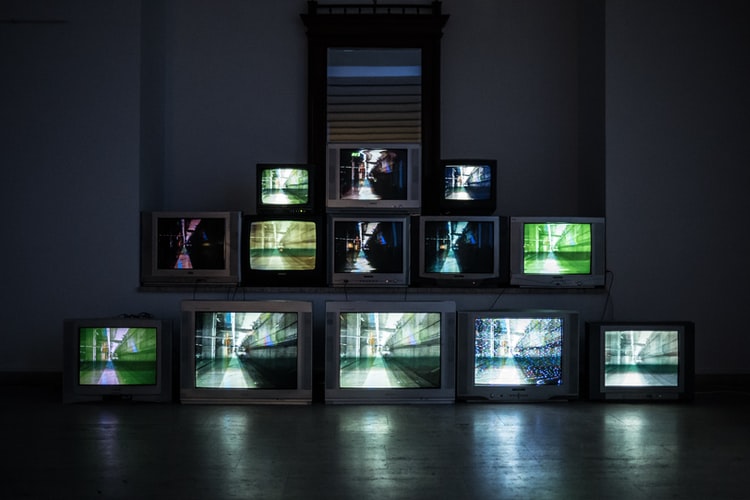Before we get to the causes behind pixilation taking place on screens, let’s first understand what is pixilation. Any screen (mostly TV or monitor) which uses pixels in order to produce pictures on the TV screen is at risk of pixilation. This issue — which applies to both groups whether they use LCD (liquid crystal display) or the latest trending plasma technology — acts as a sequence of monochromatic tiling contrasted with the smooth boundaries of the images on the screen. Older TV sets that have poor quality gear, concerns from the source, and external interferences are what cause pixilation on your screen connected with cable TV.

When it comes to cable TV providers, there are some incredible providers in the market serviceable at different locations. However, having the right cable TV provider is not enough, you got to have the right channel line up too. Spectrum channel lineup for instance is among those few offered channel lists that cover all entertainment genres needed by a household. Though, you can always check the availability of Spectrum in your area via entering your zip code on LocalCableTV.com. You can also compare different cable TV services offering their channel line up to find the right deal.
We shall further discuss in this article, some other factors that cause pixilation on our cable TV. Some we can avoid, some may be fixable and rest depends on the users. So, without further ado, let’s get to the factors:
Outdated Technology
An older TV set or a low-end LCD or a plasma TV set are at risk of pixilation due to your TV’s restore rate. Older TV sets typically have 60Hz of refresh rate that means the screen displays sixty frames per second. Older TV sets might gradually drop the capacity to process pictures at the given speed which results in pixilation. The latest TV sets or high-end innovative models are less vulnerable to pixilation. That is applicable even if they have the same refresh rate i.e. 60Hz — for the reason that they are a lesser amount of run down and better capable to keep the pace with the digital information they receive.
Poor Quality Cables
Cable TV reaches your home via a selection of cables. The cables stretch all the way from the point of source to the cable service providing company to then your vicinity and eventually into your house. Complications within the cable TV which include crimping, exposure to the intense elements and fraying, — harms the signal since it travels through the box to your TV set, which can lead to difficulties extending from pixilation of images to low-quality audio then to an uneven pixel. Furthermore, HDMI cables that are used for transferring an HD signal via a cable receiver to your house to a TV set — are susceptible to similar types of harm and, henceforth, it cause pixel distortion.
Problems at the Source
The occurrence of pixilation on the cable TV might have not anything to do with the TV set or the cable (wires) inside your house. In some scenarios, the issue is instigated from the source. TV stations every so often use pixilation for a graphic tool to distort pictures deliberately, such as shielding a lawbreaking victim’s identity for the duration of an interview. In some cases, the pixilation is involuntary but still caused at the studio level or during the broadcast process. For instance, when you see a live news transmission abruptly pixelates, the reason may be broken cables that may be attached to the cameras for filming the program. Glitches within the cable company are to be blamed at some point; must reset the in-house receiver box that comes with a cable to prevent any glitches within your structure.
Outside Interference
When it comes to external to outside interference, weather, proximate appliances, and rival signals can all be possible reasons for pixilation. Thunderstorms could also be one key source behind pixilation, particularly if they contain lightning. The electrical current produced by lightning could hinder the signals of cable TV, which results in phases of pixilation; though, as soon as the storm passes, the glitches should subside. Appliances or any other electric devices to be found near the TV or cable receiver to discharge radio waves that could interfere with the TV signals, bring around pixilation, ghosting, or blurry images. At times, the interference occurs from the source; if two local television stations have microwave or satellite live wagons system opposite or close to one another at any location, the emitted electric waves coming from one could contend with the other, instigating one or both to make a pixelated picture.
Conclusive Thoughts:
We have tried to jot down all the possible and most common reasons when pixilation takes place on our TV screens. We hope this read was fruitful and educated you in some way. If you have any other reason that we might have missed, please share it in the comments section below.